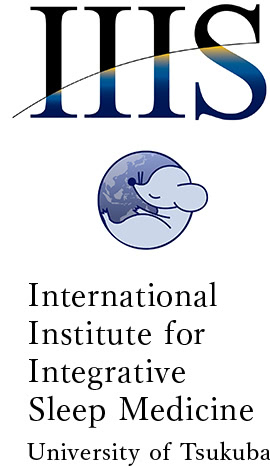
Image by VectorMine/Shutterstock
2024.10.16
Elucidation of the Neural Circuitry Inducing REM Sleep and Investigation of the Cause of REM Sleep Behavior Disorder
During REM sleep, dreams are frequently seen. The induction of REM sleep was not well understood. Abnormalities in REM sleep precede various diseases. Notably, REM sleep behavior disorder, in which patients physically act out dreams by moving and vocalizing during REM sleep, has been noted as an early symptom of neurodegenerative diseases, such as Parkinson’s disease. The cause of these abnormalities was unknown.
Herein, researchers identified two neuron types in the brainstem (pons and medulla oblongata) that induce REM sleep. These neurons form circuits connecting to brain regions that control cerebral cortex activation, rapid eye movement, and muscle tone loss, all characteristic of REM sleep. Artificial activation of this circuit strongly induces REM sleep, even in awake mice.
Moreover, inhibiting these REM sleep-inducing cells in mice led to abnormalities similar to those observed in patients with Parkinson’s disease, such as body movements during REM sleep and a considerable reduction in REM sleep. Patients with Parkinson’s disease and REM sleep behavior disorder had fewer REM sleep-inducing cells in the brainstem, revealing a cause of the disorder.
These findings are expected to enhance our understanding of REM sleep mechanisms and significance, aiding in the development of new prevention and treatment methods for sleep disorders and related diseases.
Title of original paper:A pontine-medullary loop crucial for REM sleep and its deficit in Parkinson’s disease.
Journal:Cell
| Paper | |
|---|---|
| EurekAlert! |
